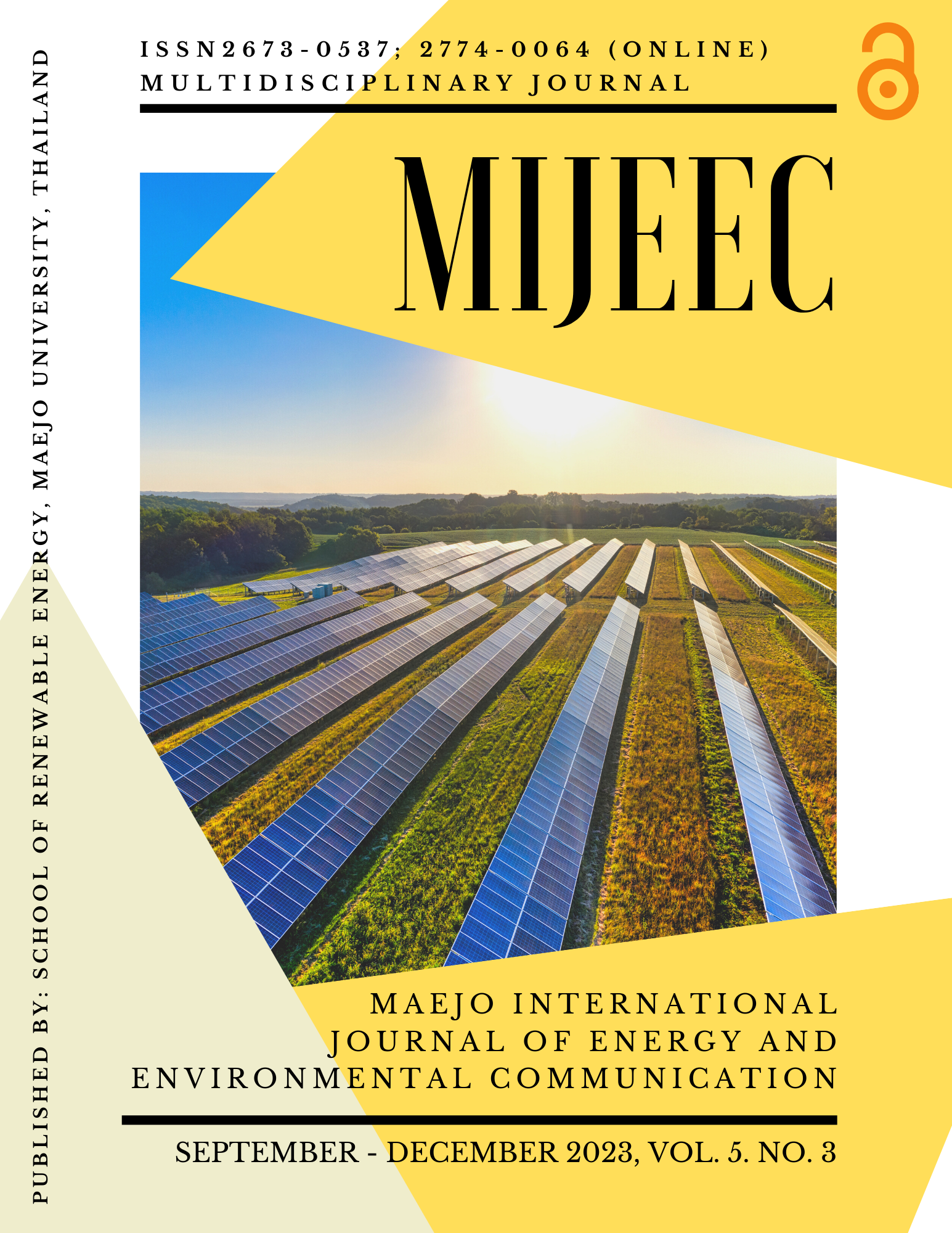Predation properties of Rotifera Lecane isolated from an eutrophicated reservoir to toxic cyanobacteria Microcystis
Main Article Content
Abstract
A rotifer was isolated from a biofilm sample collected from a eutrophic reservoir in Kashima city, Saga, Japan. After morphological and molecular phylogenetic determination using 18S rRNA gene sequencing, the isolated rotifer was identified as a Lecane inermis. In a mixed culture of Lecane inermis and microcystin-producing toxic Microcystis aeruginosa (NIES102), the number of Microcystis cells decreased as the Lecane population increased. This suggests that Lecane preys on toxic Microcystis, resulting in a predator-prey interaction. By the 14th day of the mixed culture, 99.5% of the Microcystis cells were degraded. Data on the population dynamics of Lecane and Microcystis in this mixed culture were fitted to a predator-prey model, which was expressed by nonlinear differential equations. As a result, the model analysis suggested that Lecane could reveal the predation properties of Microcystis cells and may also consume bacteria as a food source. Lecane inermis is effective in promoting the degradation of microcystins (MCs) in the mixed culture. After 14 days of mixed culture, the degradation percentages of total MCs were 98.6% (MC-RR), 96.6% (MC-YR), and 93.9% (MC-LR).
Article Details

This work is licensed under a Creative Commons Attribution-NonCommercial-NoDerivatives 4.0 International License.
Copyright © 2019 MIJEEC - Maejo International Journal of Energy and Environmental Communication, All rights reserved. This is an open-access article distributed under the terms of the Creative Commons Attribution-NonCommercial- Attribution 4.0 International (CC BY 4.0) License






